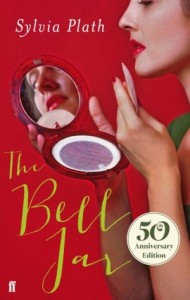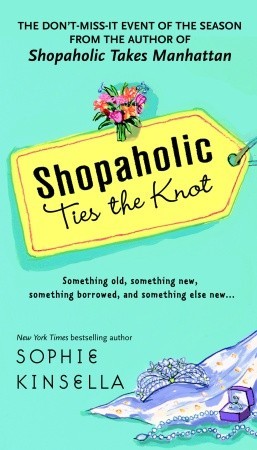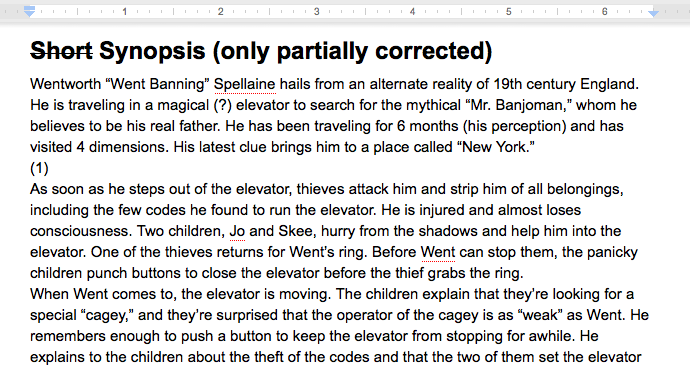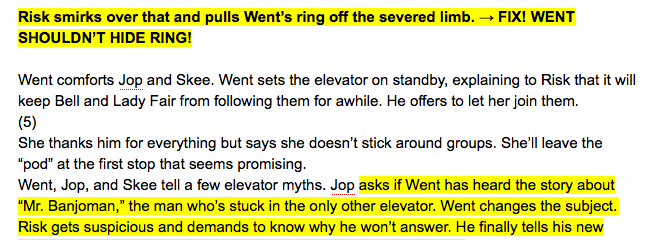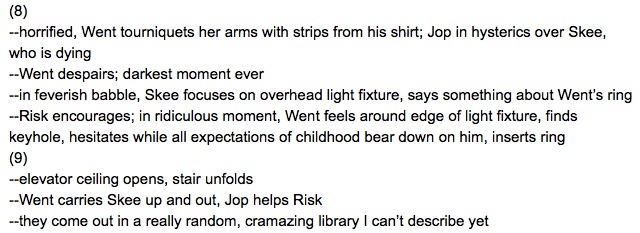 Here’s what I think. I think I say, “Pygmalion,” and then you say, “Oh, she’s gonna talk about carving out the perfect Story from the chunk of undefined marble known as ‘Idea.'”
Here’s what I think. I think I say, “Pygmalion,” and then you say, “Oh, she’s gonna talk about carving out the perfect Story from the chunk of undefined marble known as ‘Idea.'”
And then, I think I say, “Nope.”
Today we’re not talking about your Story Idea or even your Ideal Story. Today we’re talking about your Ideal Reader.
Who, What, Where, When, How, and Why
A couple weeks back, I waxed eloquent on how to choose your target audience. If you haven’t read that article, I do recommend it to you, as everything I said about choosing a target audience also applies to targeting an Ideal Reader:
- know your genre
- know your readers’ defining characteristics
- write toward your readers’ expectations
- pay attention to critiques.
You should also come back tomorrow and read Rachel’s article about using your cover art to target a reader. What she says about demographics and psychographics is crucial in writing toward and marketing toward a specific audience.
As you write your novel, you need to keep your target audience and their needs/expectations in mind. (Please note that this is not “selling out.”) But, more than a specific audience, it’s also helpful to keep a specific reader in mind: your Ideal Reader.
Ideal Reader loves your genre.
Ideal Reader looks exactly like the kind of person who would love the story you’re writing.
Ideal Reader needs and expects just what your story has to offer.
Why do you want an Ideal Reader? I feel like a broken record, but even those are right twice a day. Once again it boils down to that simple word: clarity. If you’re writing to an Ideal Reader, you’ll communicate your story more clearly.
You’ll know if a word or phrase is the right one, because you’ll know whether or not it would resonate with Ideal Reader. You’ll know if a character’s development comes across clearly, because you’ll know whether or not Ideal Reader can relate to that character. You’ll know where your story’s structure is clear and stable (and where it isn’t), because you’ll know whether or not Ideal Reader is confused by said structure (or lack thereof).
The Part Where You’re Pygmalion
Back to Pygmalion. If you don’t know the story from Ovid’s Metamorphoses, it goes something like this: Pygmalion swears off women and carves himself a marble statue of the “perfect” woman. In answer to his prayer, Venus turns her into a real woman. Boy gets girl, happily ever after, ba-dum ching.
You, dear fellow writer, needn’t swear off members of the opposite sex. But you still get to carve yourself a perfect counterpart and make sure it receives the breath of life. Ideal Reader is your perfect reader, the one your story is meant for. Ideal Reader is the answer to your prayer for someone who will simply love your work.
Ideal Reader is a construct to help you hone your writing skills — but if this were a real person, Ideal Reader would also give you the kind of critique you need (praise for the good stuff, honest feedback on the not so good stuff, and helpful suggestions on how to fix it).
Ideal Reader perfectly fits the demographic and psychographic you’re writing toward: in age, gender, education, social class, thinking style. Ideal Reader is that one person your story connects with on an intimate level, creating that magic moment in which immersion in the story is complete. Ideal Reader is the person who not only reads your story but lives it, in that moment forgetting that she even exists in the “real world.”
You can’t make all of your readers happy all of the time. (Face it, write enough stories and eventually you’ll write something that doesn’t even make some of your readers happy some of the time. It happens to all of us.) But if you write toward your Ideal Reader every time, you come ever closer to writing stories that your readers would want to read. If you’re writing to make that intimate, magical connection, then you will make it with readers in your wider target audience. Because there’s a little bit of Ideal Reader in all of them.



